
Colourful Landscaping Ideas
While having a lush, green landscape can be beautiful, most homeowners want colourful landscaping ideas so they can enjoy at least a pop of colour to liven up their gardens.
And while many look to tropicals and/or annuals for added colour, there’s a wide range of hardy perennials in a full spectrum of hues that you can plant to achieve this in Southwestern Ontario.
Adding colour to your landscaping doesn’t just increase your enjoyment of your outdoor spaces, but it enhances curb appeal and also attracts a wide variety of birds, butterflies, bees, and other pollinators to your gardens.
Some birds are attracted to flowers and garden décor that are the same colour as their plumage, especially when the hunt for a mate is on. For example, orioles are attracted to orange and hummingbirds find reds, pinks, and purples appealing.
It’s interesting to note that white can signal danger to different species of birds, so landscaping that’s resplendent with white flowering plants, shrubs, and trees may see limited avian visitors.
That said, butterflies are attracted to white flowers in addition to plants and flowers in vibrant shades of red, purple, pink, orange, and yellow. They also prefer to feed in full sun.
During the transitional months of April and May, we start to see trees and shrubs fill out and spring-flowering plants and trees exhibit beautiful colour, many with fragrant blooms.
Colourful Landscaping Ideas for Spring
Trees and shrubs that will increase the colour quotient in spring include:
 Forsythia – brilliant yellow blooms
Forsythia – brilliant yellow blooms- Weigela – trumpet-shaped white, pink, fuchsia, or red blooms
- Dappled Willow – sprays of white and pale pink petals at stem tips
- Flowering Dogwood
- Deutzia – showy stems of white blooms and gorgeous fall foliage
Some of the plants and flowers that steal the scene in the spring include:
- Catmint – clusters of purple-blue flowers, much like lavender
- Hellebores – five-petal, open-faced flowers in a range of striking colours
- Irises – tall stalks with large, orchid-like flowers in various colours
- Pasque Flower – mounds of short purple-petaled flowers with large bright yellow centres
- Spring Bulbs – tulips, hyacinths, daffodils, grape hyacinths
Colourful Landscaping Ideas for Summer
Shrubs and plants whose colour peaks in the summer include:
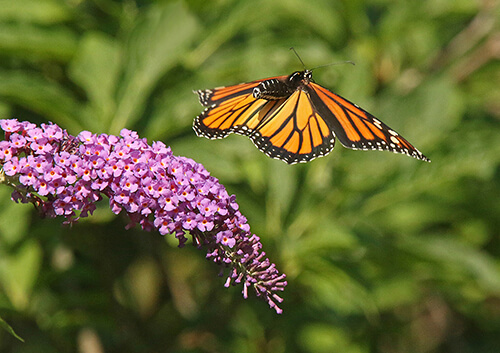 Spirea
Spirea- Butterfly Bush
- Penstemon
- Daylilies
- Upright Phlox
- Coneflower
- Campanula
- Cranesbill Geraniums
- Hydrangeas
Colourful Landscaping Ideas for Fall
While fall is typically viewed as a transitional season, the gateway to winter, there are a wide variety of plants, shrubs, and trees that are at their colourful best in September and October:
 Burning Bush
Burning Bush- Sweet Spire
- Tiger Eyed Sumac
- Rose of Sharon
- Fothergilla
- Sedum
- Asters
- Black-Eyed Susan
- False Sunflower
Colourful Landscaping Ideas for Winter
Even winter can’t bleach the colour out of every plant, shrub, and tree. The following provide beautiful contrast against an otherwise colourless landscape:
 Red Twig Dogwood
Red Twig Dogwood- Yellow Twig Dogwood
- Euonymus
- False Cypress
- Winterberry
- Holly
- Cotoneaster
- Juniper
- Boxwood
Most importantly, if you want to keep colour in your gardens all year long with perennials, we recommend selecting a few of the above suggestions from each seasonal category. That way, as colour is fading from one season’s showy selections, the next season’s perennials will take centre stage.
We often consult with clients who are interested in low-maintenance options but still want visual interest and colour in their gardens. If you need assistance selecting the right plants, trees, and shrubs for your landscape, contact us.


 Emerald Cedar
Emerald Cedar
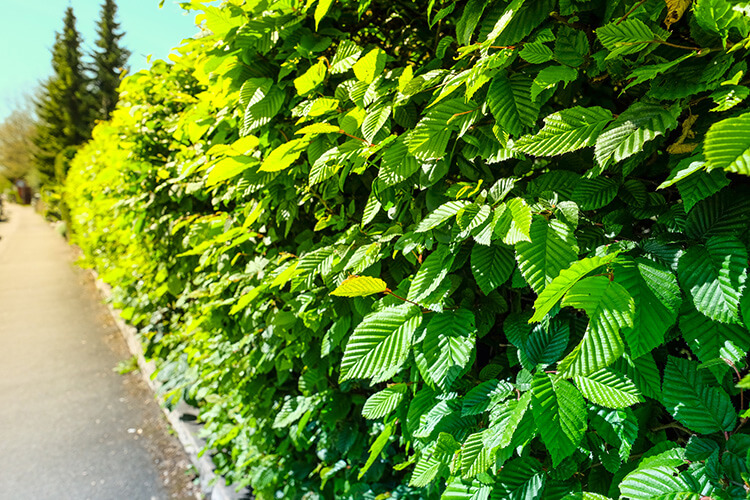
 Ninebark
Ninebark Large Ornamental Grasses
Large Ornamental Grasses
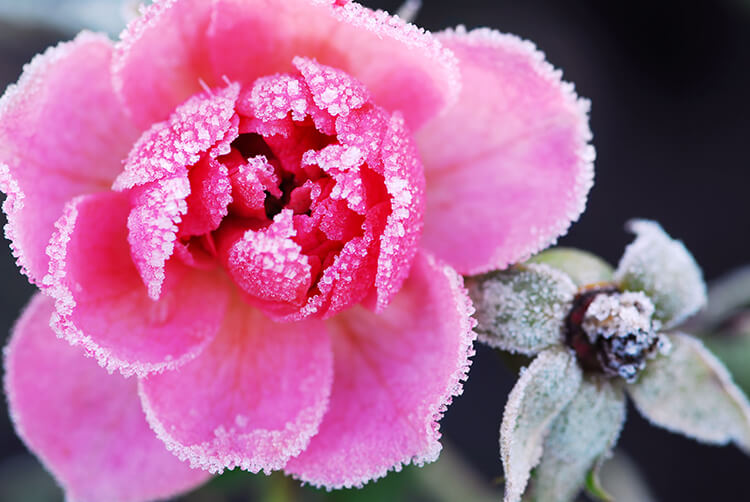



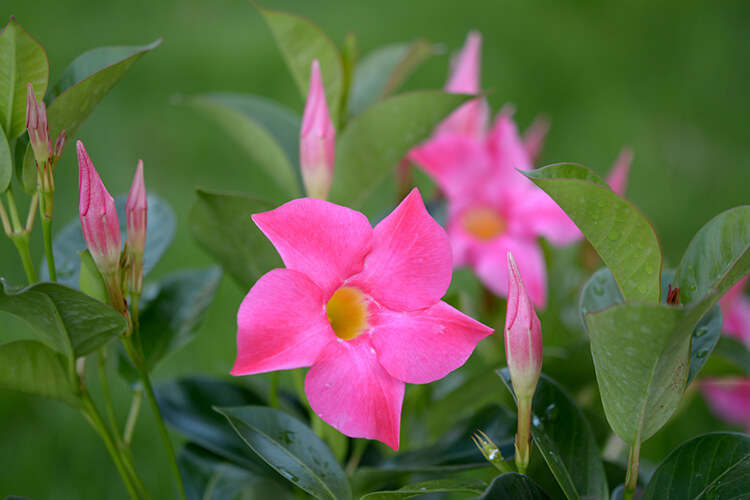


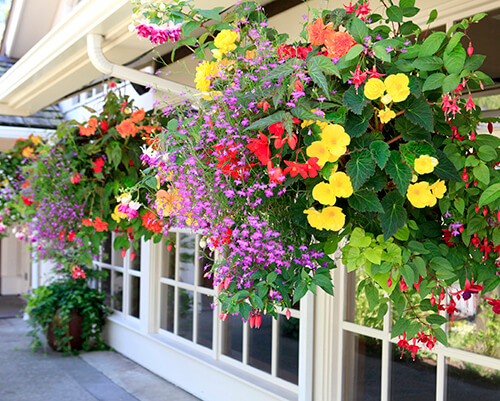
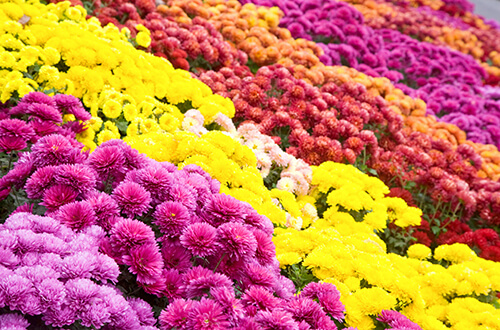

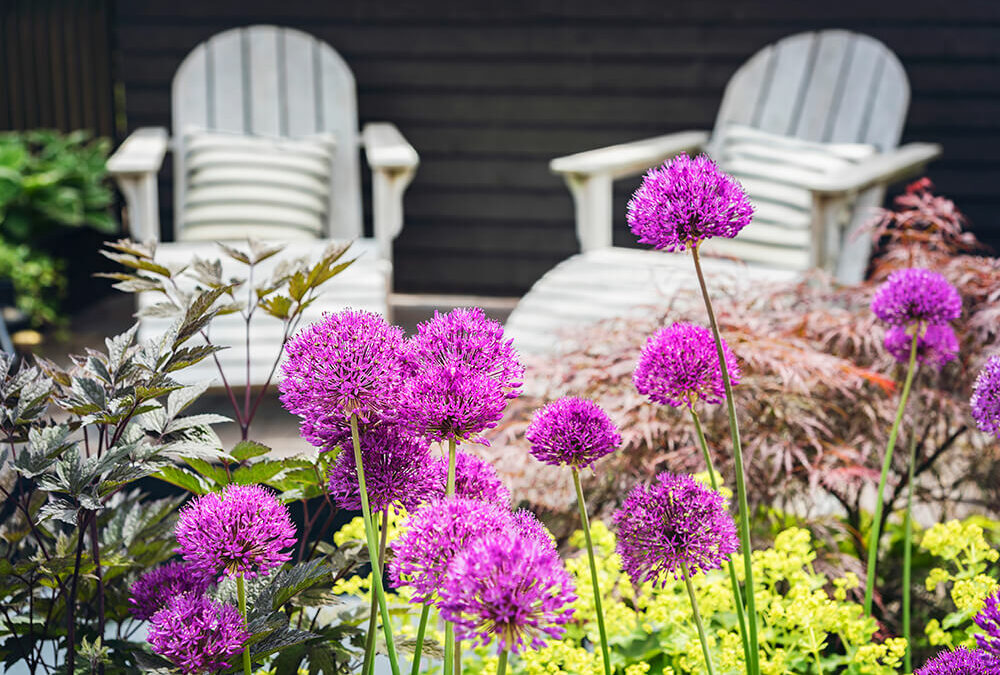
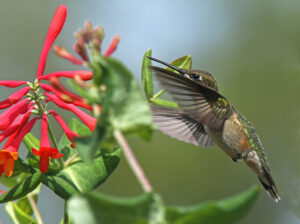






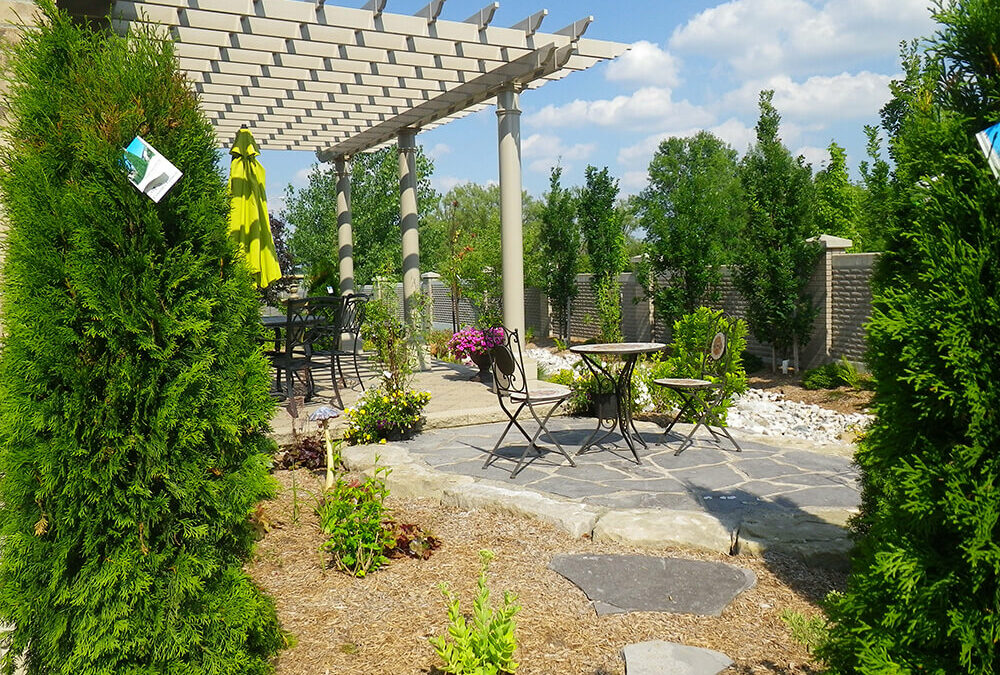
 If you search online for ways to increase a home’s value, one method that almost invariably tops the list is to increase your home’s curb appeal. After all, the front of your home provides the first impression for potential buyers, whether they’re passing by or viewing your home online.
If you search online for ways to increase a home’s value, one method that almost invariably tops the list is to increase your home’s curb appeal. After all, the front of your home provides the first impression for potential buyers, whether they’re passing by or viewing your home online.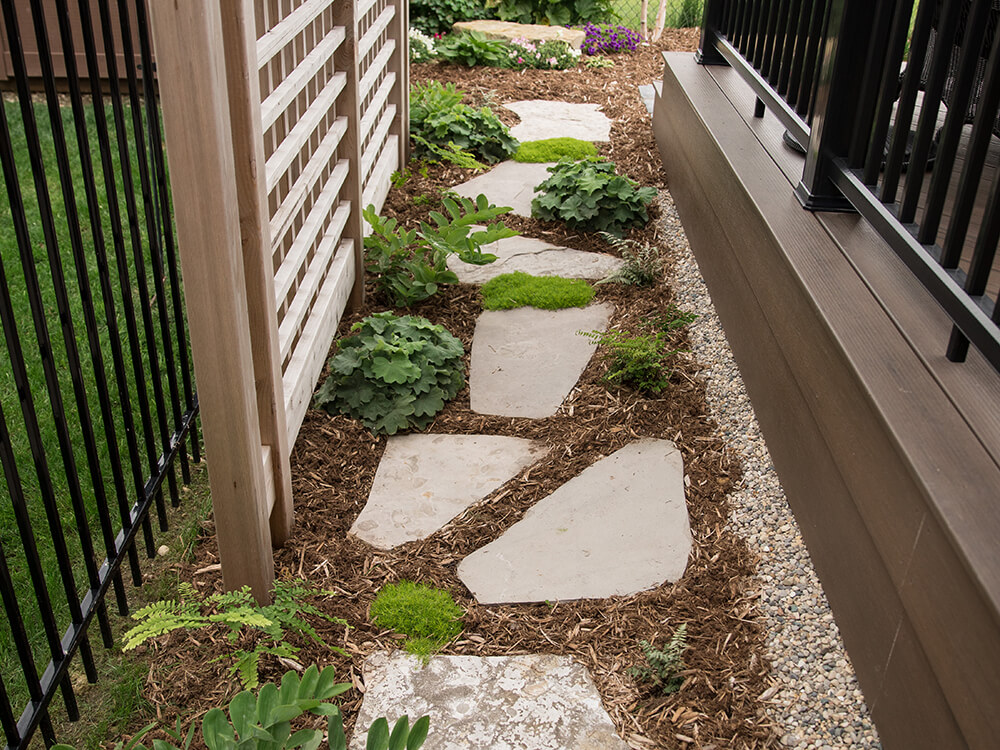 If you’re looking to upgrade your home’s exterior – front, sides, or back – consider updates that will enhance livability, functionality, and practicality. Not only will this maximize your enjoyment, but when it comes time to sell, potential buyers will be able to see themselves relaxing in, rather than working on, the yard and gardens.
If you’re looking to upgrade your home’s exterior – front, sides, or back – consider updates that will enhance livability, functionality, and practicality. Not only will this maximize your enjoyment, but when it comes time to sell, potential buyers will be able to see themselves relaxing in, rather than working on, the yard and gardens. Walkways, patios, and retaining walls are gratifying additions to a home’s exterior. In keeping with the theme of minimal maintenance, though – a focus of almost every one of our customers – we recommend being mindful of the materials you use.
Walkways, patios, and retaining walls are gratifying additions to a home’s exterior. In keeping with the theme of minimal maintenance, though – a focus of almost every one of our customers – we recommend being mindful of the materials you use. Plants, trees, and shrubs can be used to camouflage imperfections, add privacy, and enhance the existing beauty around your home’s exterior and yard. For example, an exposed foundation can make a home appear old and unkempt. But, planting a balanced selection of plants and shrubs appropriate for the location’s sun exposure can add depth and colour, providing a welcome distraction from your foundation’s drab, grey expanse.
Plants, trees, and shrubs can be used to camouflage imperfections, add privacy, and enhance the existing beauty around your home’s exterior and yard. For example, an exposed foundation can make a home appear old and unkempt. But, planting a balanced selection of plants and shrubs appropriate for the location’s sun exposure can add depth and colour, providing a welcome distraction from your foundation’s drab, grey expanse. Add unique atmosphere to your outdoor living areas, walkways, and/or front entrance with lighting and water. Ponds, streams, waterfalls, fountains, and bubbling rocks add an audio-visual element that has a universally relaxing effect. And including lighting along walkways, trees, water features, pools, and patios enhances outdoor safety and enjoyment after the sun goes down.
Add unique atmosphere to your outdoor living areas, walkways, and/or front entrance with lighting and water. Ponds, streams, waterfalls, fountains, and bubbling rocks add an audio-visual element that has a universally relaxing effect. And including lighting along walkways, trees, water features, pools, and patios enhances outdoor safety and enjoyment after the sun goes down.